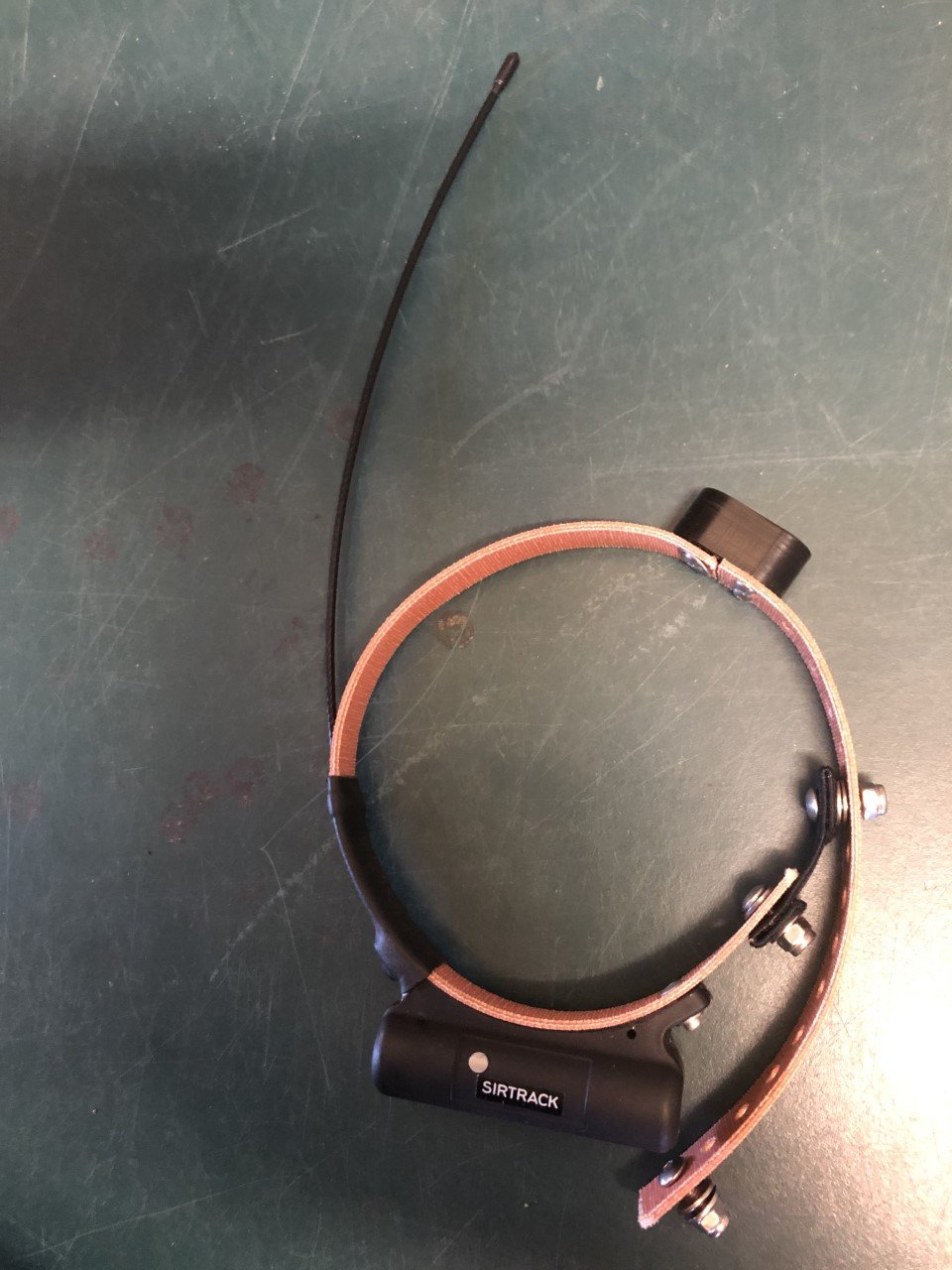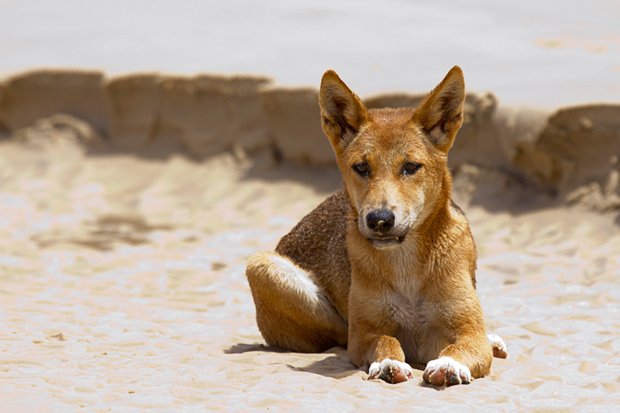A day in the life of a K’gari (Fraser Island) dingo

In a world first, scientists have captured a day in the life of a K’gari Fraser Island dingo (wongari).
The never-before-seen footage captured by collars fitted with a camera and GPS tracker allows us to see the wongari bounding across sandy plains for hundreds of kilometres, chowing down on fish and snuggling up to its mate.
The camera captures 30-second videos every 15 minutes, creating the perfect snapshot of their lives.
“We’re always looking at dingoes from the outside looking in, it’s an interesting concept from the inside looking out,” says Queensland Parks and Wildlife ranger-in-charge Linda Behrendorff. “We’re seeing where they go and what they do and often in inaccessible areas.”
Linda is particularly interested in watching their interactions with humans. In one clip, the dingo sits and watches people on a veranda photographing him. “They’re doing the right thing,” Linda says. “They’re keeping their distance, not enticing or provoking him with food or a whistle.”
Then there’s the cute stuff. “I love the footage of him sleeping next to his mate and she rolls over and whacks him with her foot to wake him up. I think we can all relate to that.”
In another clip you can hear him let out a majestic howl and watch him slowly drift in and out of a snooze. Next thing you know, you’re running with him, while his adorable little tongue sneaks in and out of the camera’s view.
While the footage is endlessly entertaining, the collars are a critical part of a new management plan by Queensland’s Department of Environment and Science following three concerning incidents in 2019.
The cameras were first deployed in May and were fitted to dingoes around Orchid Beach, a residential area of high concern.
The collars have not been seen to cause any detriment to the dingoes and they have an in-built drop off mechanism that activates after a certain period of time.

Scientists hope to better understand whether the dingoes are relying on food in this area and what might be attracting them.
“It’s not just about the dingo it’s also about, what if the dingoes are showing up at a particular spot or a particular house,” Linda says.
“We’ve got residential feeders who are attracting dingoes into these areas so the cameras will help with compliance and in turn conserve the dingoes.”
Linda has spent the last five years studying what dingoes eat on the Island. Feeding by residents and tourists, Linda believes, is predicated on the myth that the dingoes don’t have enough food sources.
“We’re hoping the education side of the cameras will show that the dingoes have so much food available. They have more than what most other dingoes have. Just the other day, an 11.5m-long adult humpback whale washed up.
“People will still say they need feeding stations and we need to save them. They have turtles, whales, dugongs, bandicoots, wallabies, kangaroos; they have so much food. They don’t need to come into townships, they’re putting themselves in danger.”
According to Linda, by marrying the coordinates of a dingo with visuals, it will increase early intervention and prevent any dangerous interactions. “Generally, if a dingo bites someone, it has a number of behaviours it’s been doing for some time… It goes from stealing some bags and hanging around campgrounds to dominance testing, and it then leads its way up to biting if not managed.”
While the cameras are a new addition, the GPS tracking collars were already in use as a management tool. In the case of one problematic individual, “using the GPS tracker, we managed where she went and we closed down campgrounds.
“We don’t want them killed. We want other methods to manage the situation.
“The technology, paired with dingo-safe messaging is important going forward. It’s not about demonising the animal, it’s about people understanding their potential as an apex predator.”
Speaking to the ABC, Butchulla Aboriginal Corporation chairperson Gade Jould highlighted that visitors to the island were more responsive to safety information provided by traditional owners.
“A lot of people respond better, or will take on board information provided by the Butchulla people, as opposed to other authorities on the island [such as] the government [or] other, not-for-profit organisations,” Gade says.

Peeking into the lives of these often misunderstood animals certainly highlights their value to the Island.
“I’ve never seen an animal that divides the nation quite like the dingo,” says Linda. “Regardless, they are ecologically and culturally important to K’gari because of their connection to the First Nations people, their mythology and tradition, as well as their role as an apex predator. They belong there and our job is to preserve them while also keeping people safe.”






